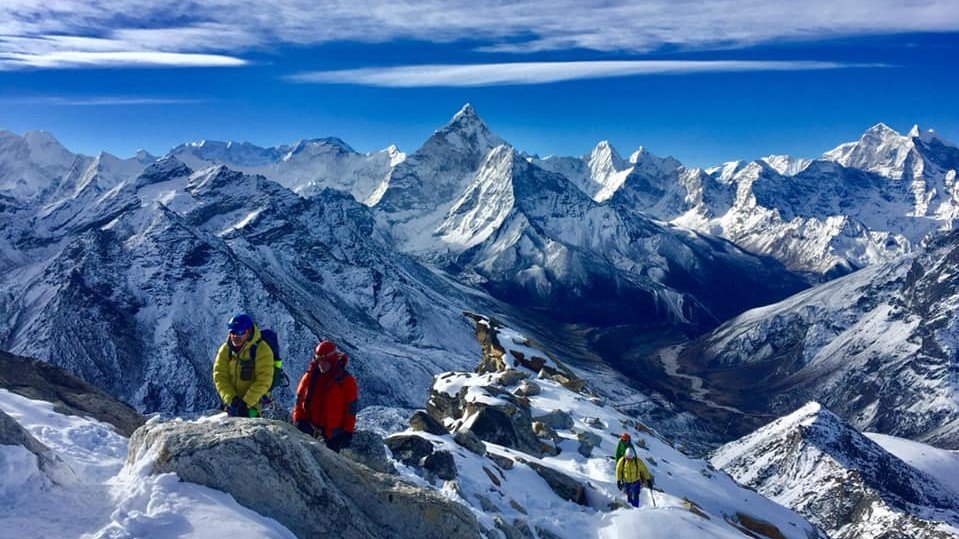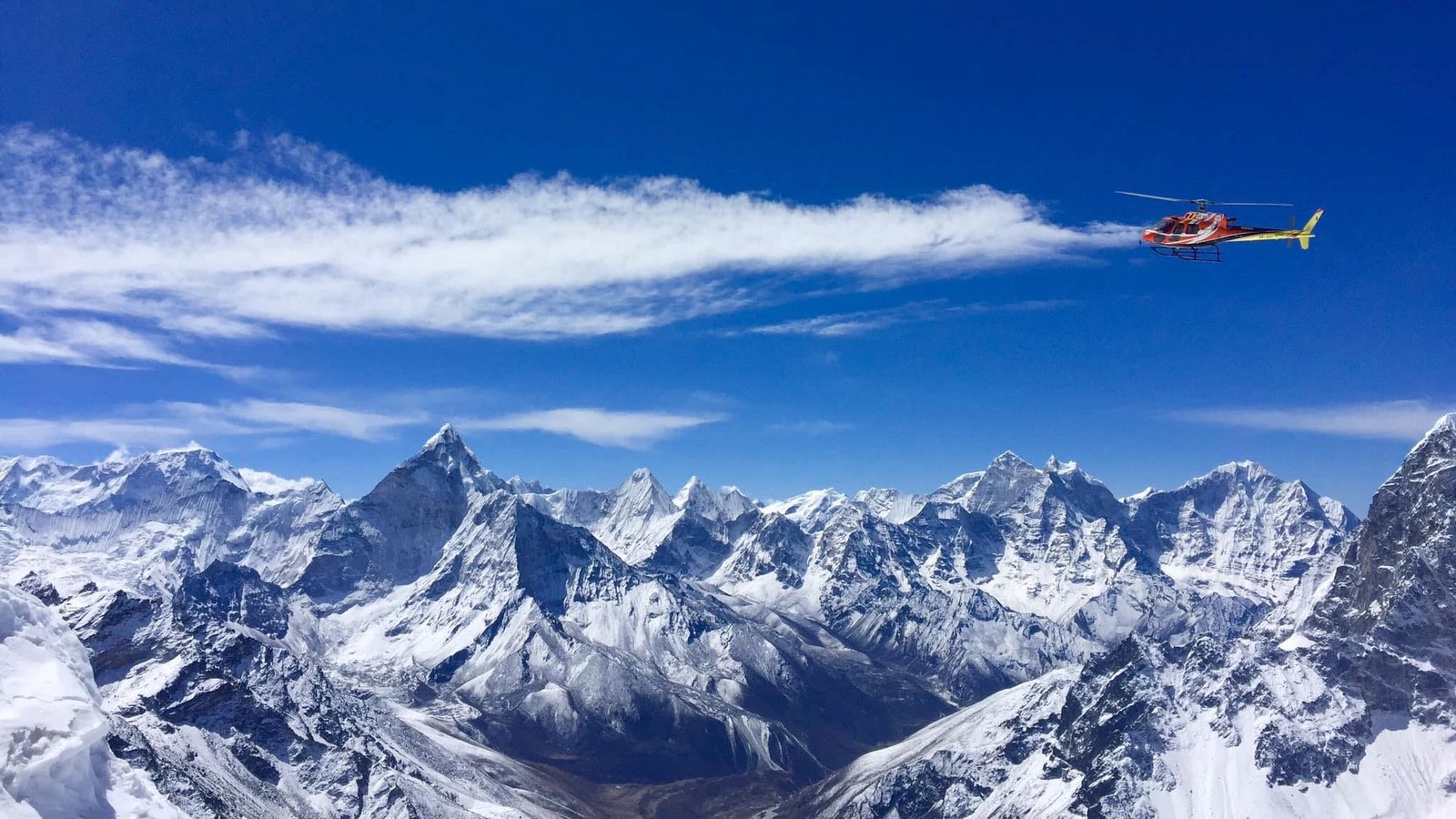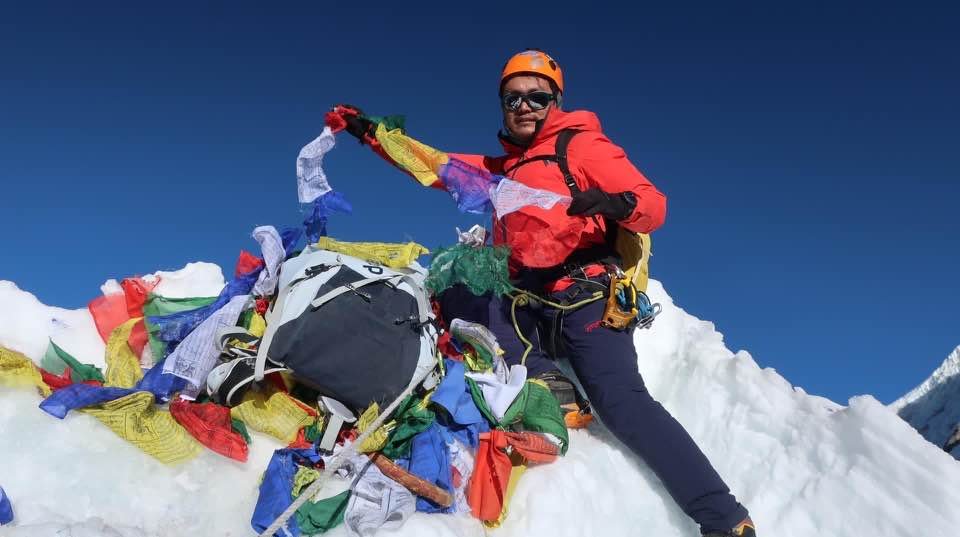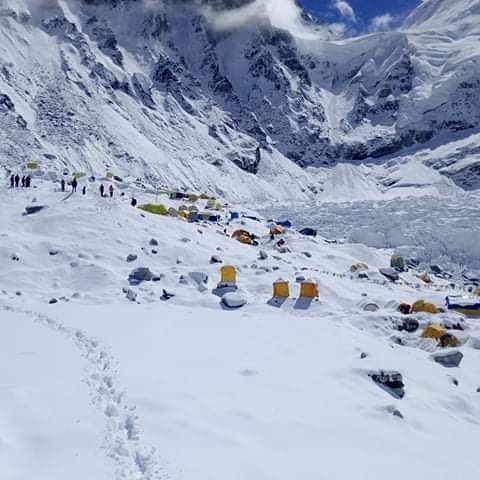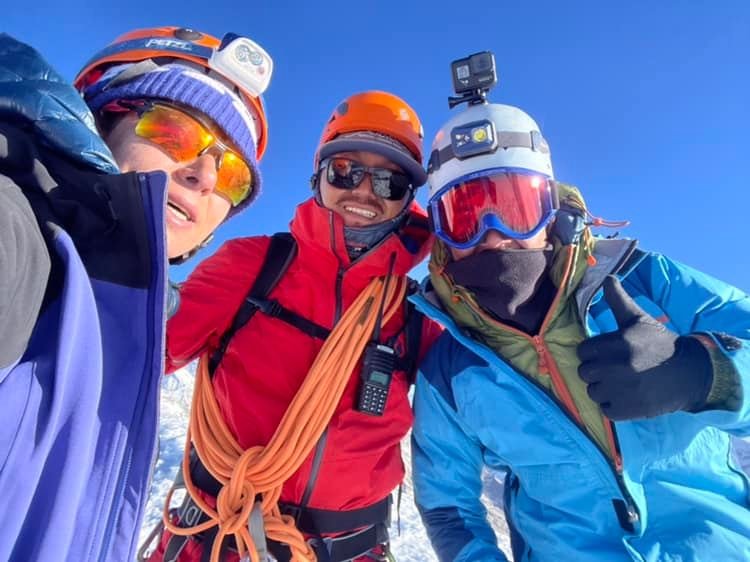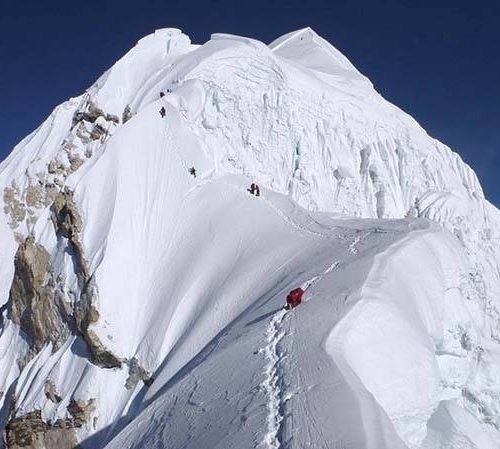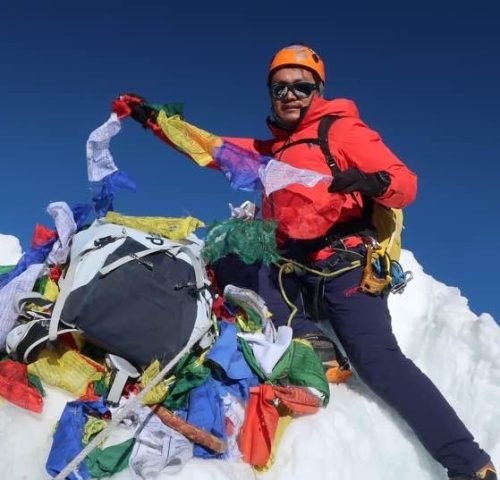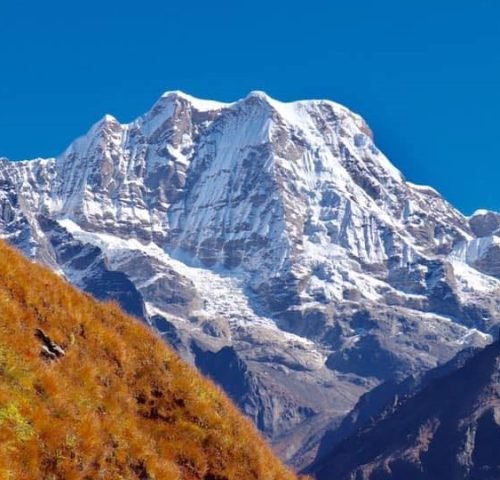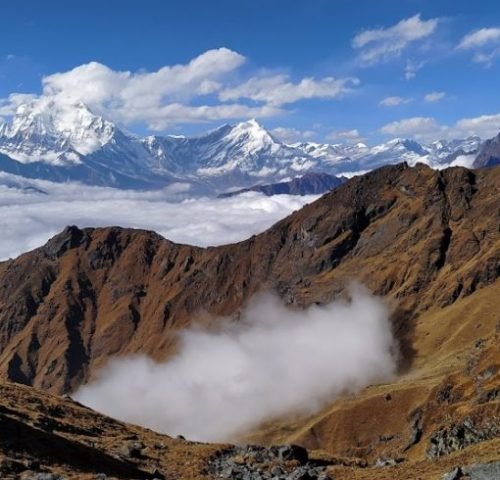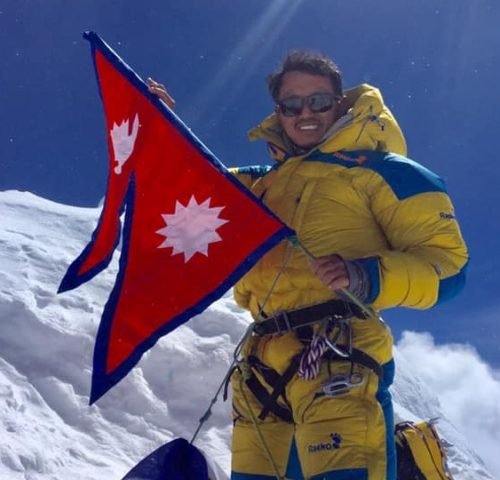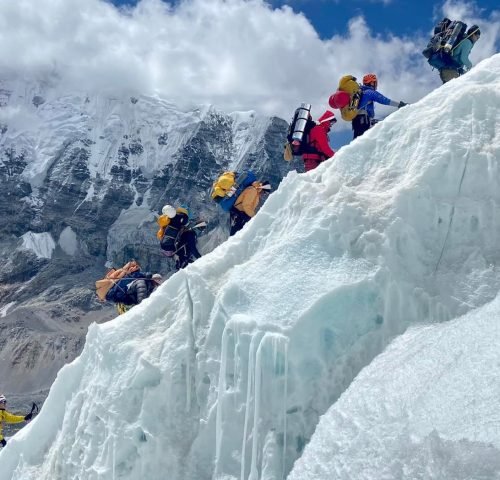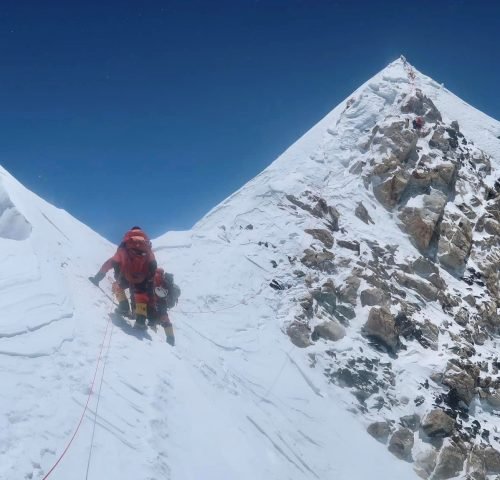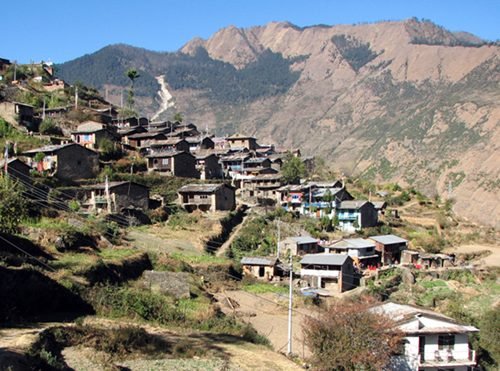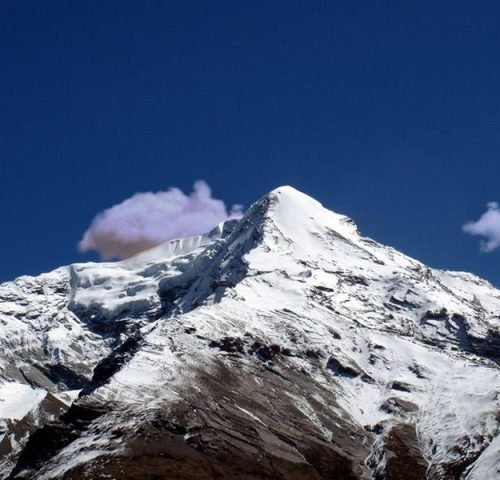Overview
Lobuche east Peak (6119m) is popular and stunning peak situated in the Everest region. This peak is situated near to the world’s highest Mountain Everest. Lobuche East is an attractive summit with mix terrain routes which is identified as a trekking peak. From the peak, you get amazing views of Everest alongside Nuptse, Mt. Lotse, Pumori and Mt. Amadablam. Furthermore, Lobuche Peak Climbing is suitable to collect the necessary experience for those who plan to go high mountain expedition in future.
Lobuche East Peak Climbing can also be combined with Everest base camp trekking or three pass trekking and island peak which provides dramatic views of Everest along with other high mountains. As it is located in the Everest region it attracts climbers and trekkers all around the world by its natural beauty. The normal route for climbing Lobuche east is through South Ridge.
Lobuche East Peak Climbing is considered as one of the most popular peaks in Nepal for climbing. Hence, the climb includes some technical difficulties on quite steep snow slopes and one should possess some ice skills and use of fixed ropes for climbing along a steep, vertical and snowy trail. Similarly, because of rocky ascend with snow this peak demands a very good experience in snowy peak climbing. The camp will be set up at 4,940m. Near a lake in a ragged space at the base of the glaciated South-West Face. The views of Taboche, Cholatse and Amadablam are remarkable from here.
Details Itinerary
Day 01: Arrival in Kathmandu (1300m), and transfer to hotel. & trek to Phakding (2650), 3 hrs.
Day 02: Fly Kathamndu to lukla Phakding & trek to Phakding (2650),
Day 03: Trek to Namche Bazaar (3440m) 6 hours. for the exploration and acclimatization.
Day 04: Exploration and acclimatization around Namche Bazar.
Day 05: Namche Bazaar to Tengboche (3860m), 5 hrs.
Day 06: Tengboche to Dingboche (4400m), 5 hrs.
Day 07: Exploring and acclimatize day arrpund Dingboche
Day 08: Dingboche to Lobuche base camp (4900m), 4 hr.
Day 09: Laboche base camp to lobuche high camp (5550m), 4-5 hrs.
Day 10: Climb Lobuche East and back to Lobuche Village (4940m)
Day 11: Lobuche to Gorkshep and Everest vase camp 5350m - Gorakshep 5100m (7-8 hours)
Day 12: Morning hike to Kalapathar (5550m), 3hrs. & back to Pheriche (4400m), 2.5 hrs.
Day 13: Pheriche to Namche Bazaar (3440) 5 hrs.
Day 14: Namche Bazaar Lukla 2800m
Day 15: Lukla to Kathmandu flight back (30min) & farewell dinner @ Eve.
Day 16: Sightseeing in Kathmandu
Day 15: Final Departure to your home country.
Cost Details
WHAT'S INCLUDED
• 3 Nights Hotele accommodations in Kathmandu at 3 star Hotel on Bed & Breakfast plan (before & after expedition).
• Airport pick up and drop up by private vehicle
• Domestic Flight Ticket (Kathmandu-Lukla-kathmandu)
• Guide and Porter
• Climbing Permit fee.
• Sagarmatha National Park Entry Permit, Local Grassland Permit Fees
• Full board in lodges during trekking and 2 nights in camping.
• Fresh Food (we serve hygienic foods) and fuel at Base Camp.
• Base Camp single sleeping tent & Mattress for each member.
• High Tents above Base Camp.
• There will be one personal professional climbing guide while climbing. one Sherpa climber for one person
• Service of cook and kitchen boy at Base Camp.
• Insurance, Equipment allowance, daily wages of cook, kitchen boys.
• 1 Expedition duffel bag for each member.
• Agency service charge and Tax.
WHAT'S NOT INCLUDED
• International airfare from/to your country.
• Nepal entry visa fee (can be obtained at the airport at upon arrival).
• Lunch and dinner during your stay in Kathmandu.
• Hotel accommodation after 4 nights stay in Kathmandu.
• Personal climbing gear and equipment above Base Camp.
• Personal insurance such as travel, accident, medical, emergency evacuation & lost luggage.
• Permit fees & customs charges, etc. for SAT phone, communication equipment & commercial filming.
• Expenses of personal nature such as drinks, laundry, postage, telephone etc.
• Tips
Map
FAQs
1. How high is Lobuche east peak?
Lobuche East Peak, also known as Lobuche East, is a mountain located in the Khumbu region of Nepal. It stands at an elevation of approximately 6,119 meters (20,075 feet) above sea level.
2. How difficult is to climb Lobuche east peak?
Climbing Lobuche East Peak Peak can be considered moderately difficult. It is a technical peak that requires previous mountaineering experience and knowledge of climbing techniques. The climb involves traversing glaciers, ascending steep slopes, and using equipment like crampons and ice axes. Altitude sickness is also a concern as the peak reaches an elevation of 6,119 meters (20,075 feet). It is recommended to have good physical fitness, acclimatization and proper training before attempting to climb Lobuche Peak. Additionally, hiring an experienced guide or joining a guided expedition can greatly increase your chances of a successful climb.
3. what kind of accommodation we can get during the trek?
During a trek in the Everest region, there are various types of accommodation available to cater to different preferences and. budgets Here are some options:
Teahouses/Lodges: These are the most common popular type and of accommodation along the trekking routes. Teahouses are basic lodges that offer rooms with beds, blankets, and shared bathrooms. They also have dining areas where you can enjoy meals and socialize with other trekkers.
Luxury Lodges: In recent years, luxury lodges have been developed in the Everest region, providing more comfortable and upscale accommodation options. These lodges offer private rooms with attached bathrooms, hot showers, and other amenities like Wi-Fi, electricity, and heating.
Camping: If you prefer a more adventurous experience, you can opt for camping. Many trekking companies offer fully organized camping treks where they provide tents, sleeping bags, and all necessary equipment. Camping allows you to stay in remote areas where teahouses may not be available.
Homestays: In some villages along the trekking routes, you may find homestay options. This allows you to experience the local culture and hospitality by staying with a local family. Homestays offer a more intimate and authentic experience.
It's important to note that accommodation options may vary depending on the specific trekking route and the altitude you're at. It's recommended to book your accommodation in advance, especially during peak trekking seasons, to ensure availability.
Manual Notes:
Lorem Ipsum is simply dummy text of the printing and typesetting industry. Lorem Ipsum has been the industry's standard dummy text ever since the 1500s, when an unknown printer took a galley of type and scrambled it to make a type specimen book. It has survived not only five centuries, but also the leap into electronic typesetting, remaining essentially unchanged. It was popularised in the 1960s with the release of Letraset sheets containing Lorem Ipsum passages, and more recently with desktop publishing software like Aldus PageMaker including versions of Lorem Ipsum.
